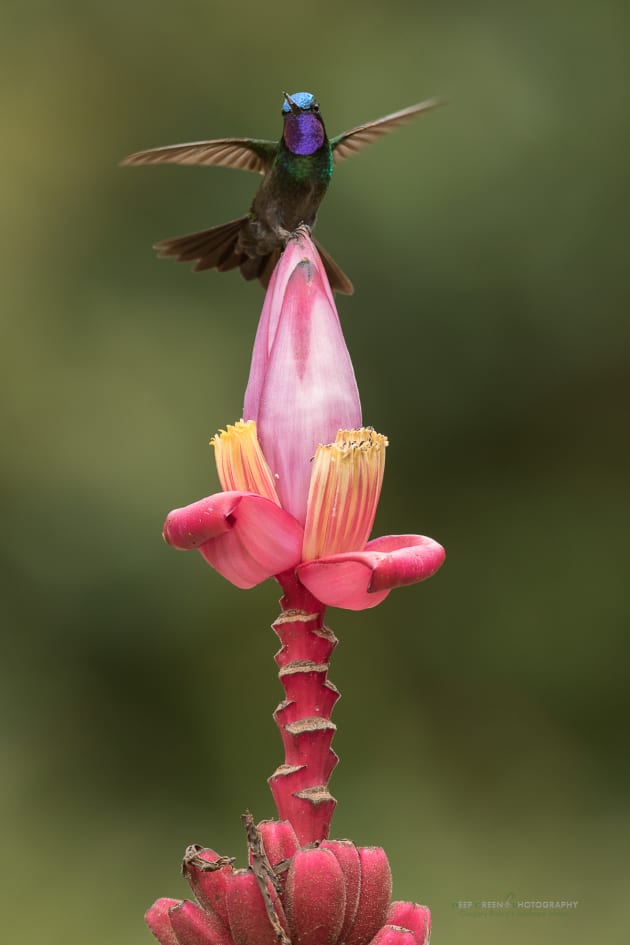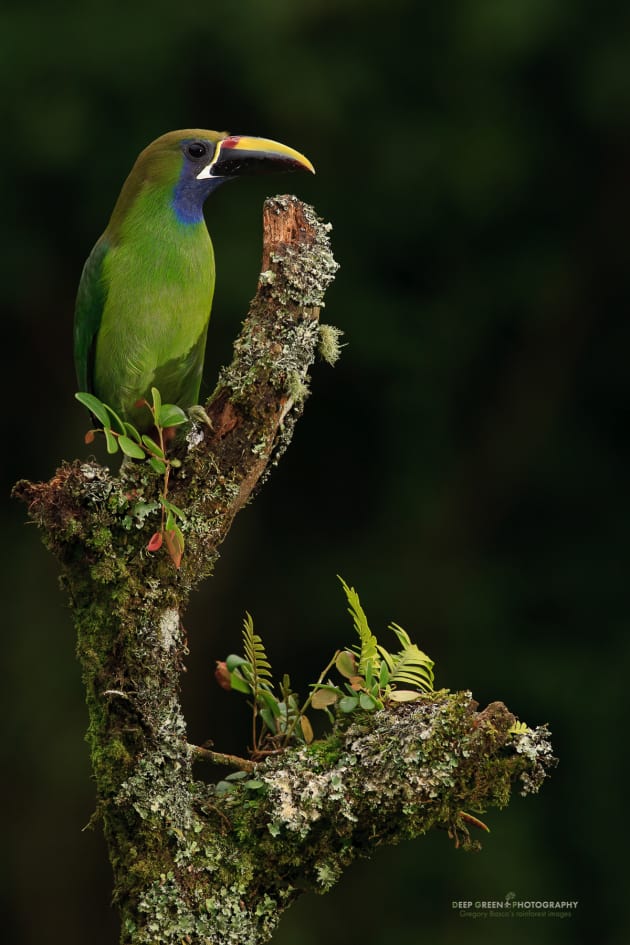Photo tip of the week: Master flash in your wildlife shots
Master flash in the wild in our photo tip of the week.
Many nature photographers cringe when they hear the word flash. “But flash looks artificial,” they'll say. “That's why I only shoot natural light.” This second part is often said as if it were a badge of honor. But where is the honor in admitting that you don't know how to use one of the photographer's key tools?
Learning to use flash effectively allows any nature photographer to get great, natural-looking shots when the light is less than perfect, and it opens up whole new worlds of expressing your creative vision. In addition, learning flash will help you to understand natural light better. Don't believe me? Take a look at the winning images from the major nature photography competitions, and you'll note that many are taken with flash. Any nature photographer who dismisses flash out of hand is restricting their creativity and ability as a nature photographer.
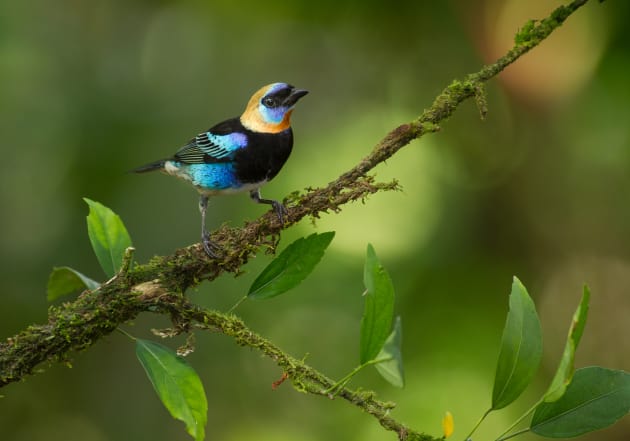
Others, upon hearing the word flash, will automatically say “But flash is bad for our subjects.” This objection is a bit more complex. While studies show that there is no physiological harm from flash on animals, even on nocturnal subjects, we should still exercise caution when using flash on certain subjects and in certain situations.
Why? Because our presence (which is the case with natural light photography too!) and use of flash can disrupt or alter our subject's behavior. For nocturnal subjects, I always use flash off-camera and with a softbox. This has the dual benefit of producing more pleasing light and reducing the amount of light hitting my subject's eyes. I always take my test shots away from my subjects, which allows me to work quickly when taking my actual photos and then let my subject return to its routine activities.
Many nocturnal subjects, even owls and nocturnal mammals, often will have no visible reaction to flash. Biologists have told me that this makes sense. Animals know lightning so it's not as if seeing a flash pop is something totally foreign to their experience. Nonetheless, flash can startle a subject. If I see that my subject is uncomfortable, I will back off and look for something else to photograph.
For daytime subjects, we often are trying to balance natural light with flash. In this case, the flash is so imperceptible that subjects usually are not bothered at all. But if you see that your flash is annoying a daytime subject, you are using too much! The main caveat for using flash during the daytime centers around nesting birds. At certain times during the nesting process, use of flash could alert predators to the presence of a nest and/or cause the bird to abandon a nest site. I advise you to consult with local experts before using flash on nesting birds, for the benefit of your subject and for your reputation as a responsible nature photographer.
Flash used well and responsibly can make for beautiful, natural-looking images that do not harm our subjects at all. Here are my top 5 tips for incorporating flash into your nature photography!

1 UNDERSTAND NATURAL LIGHT
That's right. To be a good flash photographer, you need to understand natural light to an even greater degree! In nature photography, we often need to work quickly. When I spot a subject I want to photograph, I am working out my exposure strategy, including flash, as I am approaching. Especially important is considering the limitations of natural light. There are three main scenarios I'm considering.
First, is my subject lit by beautiful natural light? If so, great! I'll keep it easy and shoot without even thinking of flash.
Second, if the natural light isn't great, I need to decide why. Do I have a dynamic range problem? If, for instance, my subject is in the shade and my background is lit by the sun, I'm going to have a tough time exposing both properly. That's a global dynamic range issue. Or if the sun is hitting my subject but casting nasty shadows, I will have a similarly tough time exposing my subject well. That's a local dynamic range issue. In both cases, my flash can help me to solve the problem. I can set my camera to expose properly for the brightest parts of the scene and rely on my flash to fill in the shadows.
Third, maybe the natural light is pretty good. But, do I like what the scene is offering me? If the answer is no, my flash will allow me to create the light I want!
2 KNOW WHEN TO USE TTL OR MANUAL FLASH
TTL flash is the sophisticated flash system that has been around on most cameras for the past couple of decades. It refers to “through the lens” metering, and here's how it works in a very small nutshell. When you press the shutter button, but before the sensor is exposed to light, your flash fires out a pre-flash burst. This light bounces back through the lens and is then measured by dedicated sensors within your camera body. The camera takes this reading – along with aperture info, ISO setting, and autofocus distance info from your lens – to determine the correct flash output given your subject and settings. This all happens in an instant before the shutter actually opens!
Once the shutter opens, your flash works in conjunction with your camera to produce a correct exposure. You can control the output via flash exposure compensation (FEC), which is based on the same middle-tone calibration as our camera's light meter. That is, you can treat flash exposure compensation the same way you would exposure compensation when shooting with natural light. If filling the frame with a dark subject, dial in a bit of negative flash exposure compensation. For a light subject, go in the other direction.
Manual flash is much less intelligent. The only communication between camera and flash is that the camera tells the flash when to fire. You set the flash to the power you choose (e.g., full power, ½ power, ¼ power, etc.), and the flash has no idea what aperture, ISO, or shutter speed you're using. Nor does it know how reflective or how far away your subject is. So, why in the world would you choose manual over TTL?
The main benefit of manual flash is its precision and consistency. Since there are no computers deciding the flash output, the flash will illuminate your subject to the same intensity every time. Even though TTL is amazingly smart, results can be inconsistent because there are a lot of complex calculations going on; many decisions are taken out of our control. Ok, so if manual flash is so precise, why would you ever use TTL?
Ah, good question, grasshopper! The answer consists of two parts. First, it can be difficult to determine what the proper manual flash exposure is because you need to do some math. Second, even if you determine the proper exposure, that proper exposure can change if you or your subject moves or if you alter your camera settings.
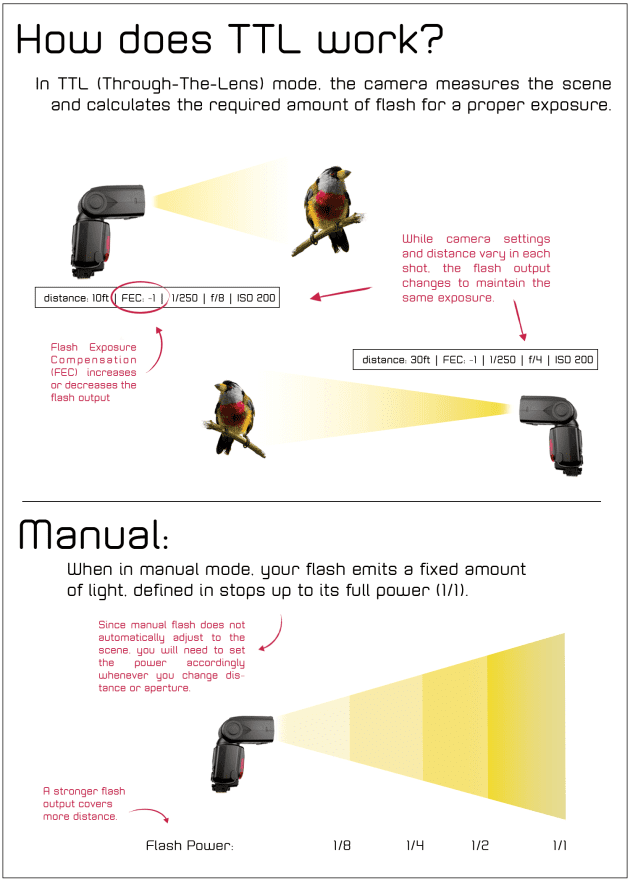
In the graphic above, you can see that I have chosen a flash exposure compensation value of -1 for my TTL flash. Even though I may move farther away from the bird and even though I decide to change my aperture, I do not need to change my flash exposure compensation value. If I made changes to my shooting position or camera settings in manual flash mode, I would also have to make an adjustment to my flash setting.
I use the following simple rule to help me to determine whether I want to use TTL or manual flash. If my subject is stationary, if I am not going to move, and if I am not going to change my aperture or ISO from shot to shot, I will choose manual flash for its consistency and precision. If my subject might move, if I might move, and if I might change my camera settings, I will choose TTL flash for its greater flexibility and versatility.
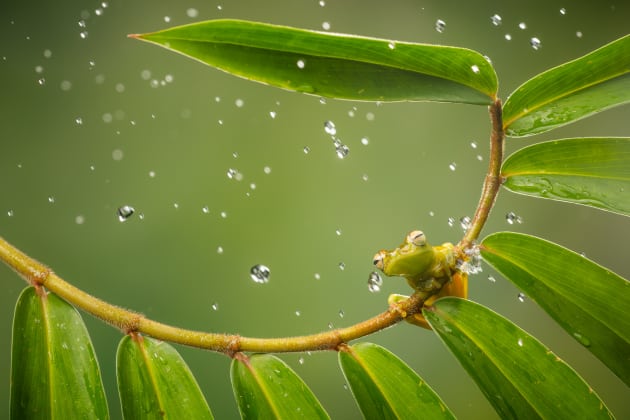
3. UNDERSTAND THE DIFFERENCE BETWEEN FILL-FLASH AND FLASH AS MAIN LIGHT
Whether you are working in manual or TTL flash mode, you need to decide if you will be using your flash as fill or as main light. This distinction is key because it leads you down a path of decisions that will determine how natural your picture will look.
With fill-flash, you are trying to balance the natural light in your scene with the light from your flash. Your flash in this case is simply helping to fill in troubling shadows on your subject or to place an accent while the natural light is lighting the rest of the scene. This is the most common scenario when photographing most scenes in nature, from flowers to birds to wildlife.
By understanding natural light first, then determining whether to use TTL or manual flash, and finally deciding whether you need your flash to act as fill or main light, you've made a lot progress. Now you can begin to decide where your flash should be located and if it should be modified in any way by bouncing or diffusing it.

4. LET THE NATURAL LIGHT DO MOST OF THE WORK
For wildlife and bird photography, you often will be using your flash in the hotshoe of your camera or placing it in a flash bracket made for use with telephoto lenses. What this means is that you are using on-axis or direct flash. This frontal flash lighting is precisely what makes many flash pictures look “flashed” because you are eliminating any sense of shadow. How, then, can you use flash effectively for a natural look?
The simple answer for those times when you must use direct flash is to use your flash as fill. If you use your flash as a frontal light and as the main or only source of illumination, your pictures will look flashed. By letting the natural light do most of the work in the first place, your flash becomes fill, and you can use it in lower doses to preserve natural shadows. The key to doing this is to avoid scenarios that offer poor chances of success.
Recall from the first section that shooting a shaded subject against a bright background gives you a big dynamic range problem. If you can move yourself so that your background is also in the shade, you can easily change the equation. By working to identify problematic scenes, you can avoid or modify them, allowing you to use low doses of direct flash in order to preserve shadows.
Once you have positioned yourself to offer the best lighting conditions possible, you simply set our camera to give the best natural light exposure possible. You can then check your picture and determine how much fill-flash you need to fill in (but not eliminate!) shadows. By letting the natural light do most of the work, you can use low doses of flash. I'm looking to be able use flash exposure compensation values between -1 and -3. If I need to use a higher flash exposure compensation value such as zero, my flash is becoming the main light source. If my flash is on-axis, I'm going to get pictures that look flashed!
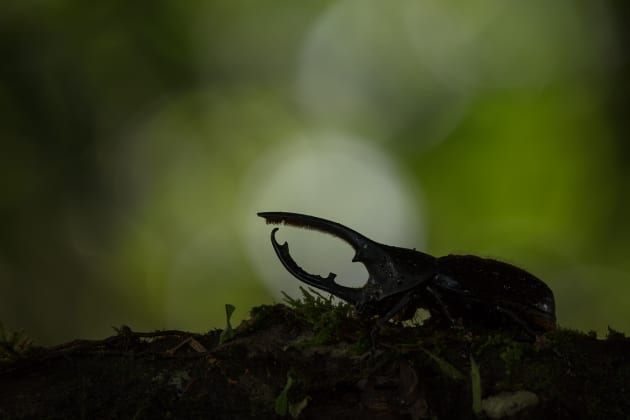
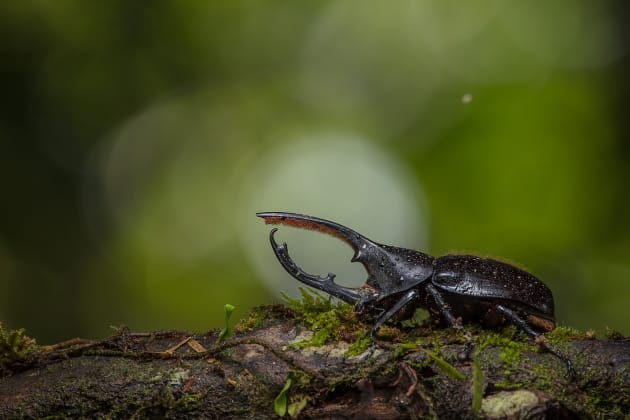
5. GET THE FLASH OFF-CAMERA AND DIFFUSE IT
What happens if you are faced with an extremely contrasty scene where the natural light simply can't help you? Or what if you are shooting nocturnal subjects? In both of these situations you must use flash as the main (or only) light source. To make pleasing images, you must have to move your flash off-camera.
For macro subjects an off-camera TTL flash cord is often the most simple solution. Since you are close to your subject, you don't need to move the flash very far to create enough of an angle to produce pleasing, natural-looking shadows. For telephoto or wide angle scenes, you will need to move your flash farther off-axis. Many DSLR cameras (e.g., the Canon 7DII, the Nikon D810) have a built-in flash with master or commander mode. This allows you to trigger an off-camera flash (say a Canon 430 EX II or a Nikon SB-700) remotely.
There are also a number of flash transmitter/receiver systems available today. My personal preference is to use a radio-based transmitter system (such as the Canon 600RT flashes, the Phottix Odin, or the Pocket Wizard) for off-camera flash work. Radio flash triggers can communicate across great distances and are not limited by line of sight. You could place a flash behind a wall or a tree, and it would still fire!
The use of flash opens up a new world of possibilities to the nature photographer. No longer are you bound by what nature gives you. You can create your own light. And it's not as hard as you might think!
Here are the questions that I ask myself whenever I'm out in the field and come upon an interesting subject. What is the natural light like? Do I need to use flash to solve an exposure problem? Do I want to use flash to create something different from what the natural light is giving me? Will I be using flash as fill or as main light? Should I use manual flash or TTL? Do I need to get my flash off-camera? Should I diffuse my flash? By going through this mental checklist, you will be able to build a good plan to photograph any subject at any time.
